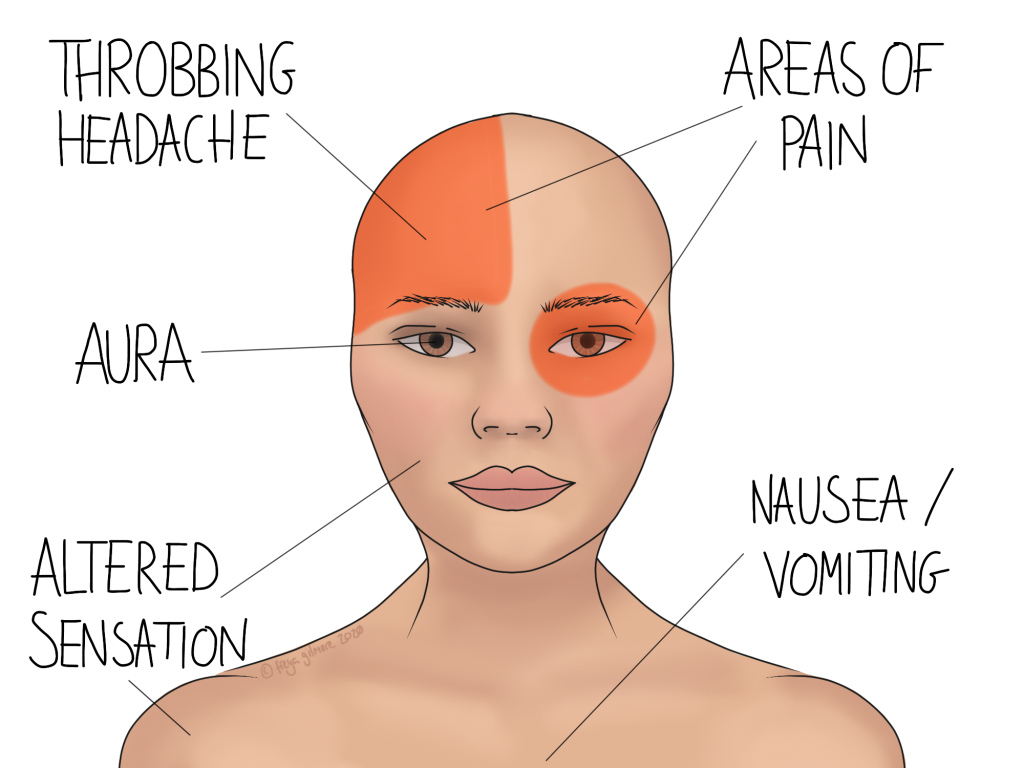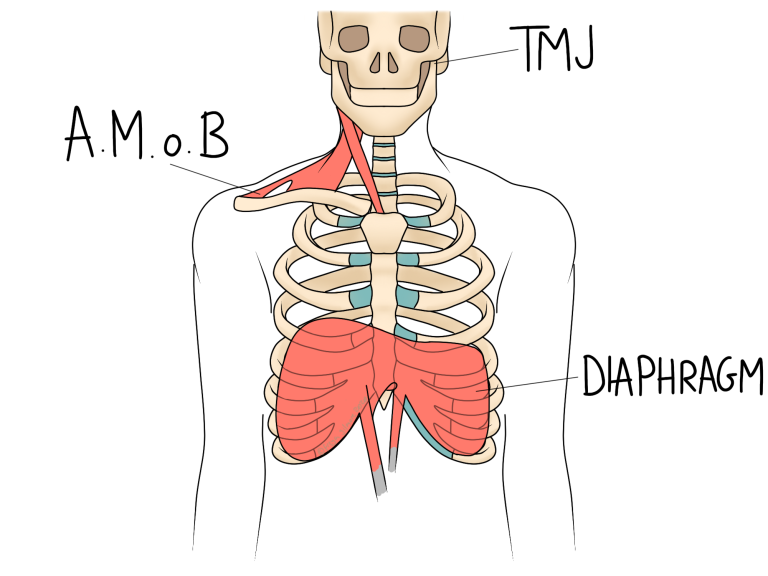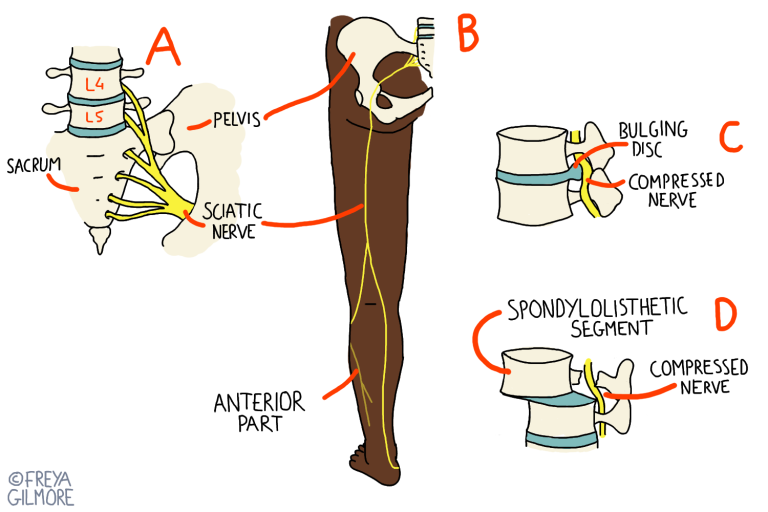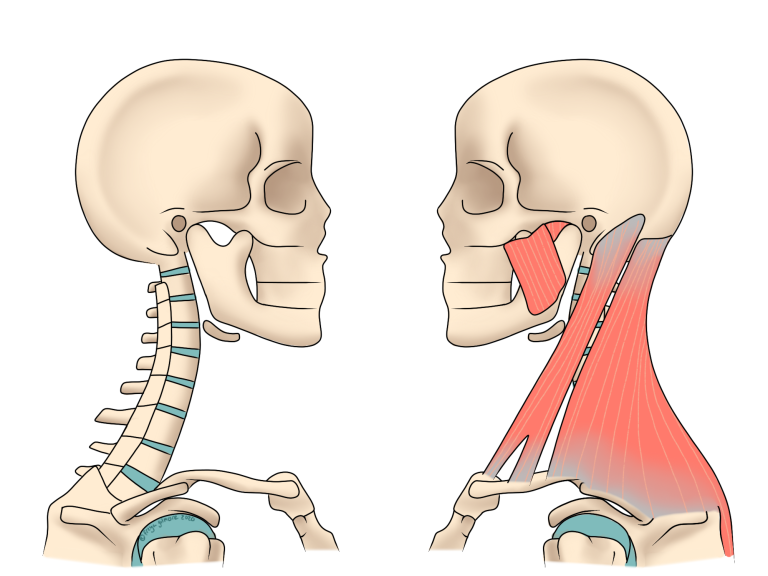Migraine is a neurological condition that causes intense, often debilitating headaches. These headaches differ significantly from tension headaches in terms of symptoms, causes, and severity. Understanding these differences, as well as the common triggers and hormonal influences that affect migraines, is crucial for effective management.

Symptoms of Migraine
Migraine symptoms are usually more severe than those of tension headaches. A migraine typically involves a throbbing or pulsating pain on one side of the head. Rarely, it can affect both sides. This pain can last anywhere from four hours to four days. It is often accompanied by nausea, vomiting, and sensitivity to light, sound, or smells. Some people also experience visual disturbances, known as an aura, before the headache begins.
In contrast, tension headaches usually cause a dull, aching pain on both sides of the head. They are often described as a tight band around the head. Tension headaches do not usually cause nausea, vomiting, or sensitivity to light and sound. The pain is generally less intense and more brief, and the headaches do not interfere with daily activities as much.
To diagnose migraines, doctors typically look for a pattern of recurring headaches that last between four and 72 hours, with at least two of the following characteristics:
- unilateral location
- pulsating quality
- moderate to severe pain intensity
- aggravation by routine physical activity (such as walking up stairs)
It is possible to have migraines without the headache. This is uncommon, but worth being aware of.
Common Triggers for Migraines
Several factors can trigger migraines, with stress being one of the most common. Dietary factors also play a significant role. Caffeine, while helpful in small amounts, can trigger migraines when consumed in excess or when the body withdraws from it. Similarly, fluctuations in blood sugar levels, often due to skipping meals or consuming too much sugar, can trigger migraines. Keeping a symptom diary can be helpful if you’re struggling to identify your triggers. You’re welcome to bring this along to your appointment.
Hormonal changes are another major trigger for many people, particularly women. Puberty, pregnancy, and menopause can all influence migraine frequency and severity. For some, migraines worsen during puberty due to hormonal fluctuations. Pregnancy can either improve or worsen symptoms, and many women find that their migraines improve after menopause, though some find the opposite is true.
Osteopathic Treatment for Migraine Prevention
Osteopathy is recognised as a therapy that may help with reducing migraine episodes. Osteopaths focus on the musculoskeletal system, using various techniques to improve the body’s overall function and reduce stress on the nervous system. Some techniques we use are:
Osteopathic Manipulation: Colloquially known as “clicking”, this technique involves short, quick movements to joints. The aim is to improve mobility, and sometimes this will cause an audible “pop”. Some people find this to add to the relief, but others are put off by it. We have alternative methods of improving joint movement if this one is not for you. With regards to migraines, manipulation in the neck and upper back can better distribute movement through the joints and relieve tension from muscles that are compensating for it. This in turn can help reduce the frequency and severity of migraines in some people.
Mobilisation: The more gentle alternative to manipulation. Slow, repetitive movements aim to encourage the subconscious brain to allow more movement, and to improve joint health. This is suitable for nearly every patient, and again, aims to release tension and improve movement in the areas that might have a bearing on your symptoms.
Soft Tissue Techniques: These techniques involve gentle massage and stretching to release tension in the muscles and improve blood flow. Tight muscles, particularly in the neck and shoulders, can contribute to migraines. By relaxing these muscles, osteopaths help reduce the likelihood of future episodes.
Homework: You can expect to be given something to continue your progress at home. Exercises, whether stretching or strengthening can be helpful here, but we may also advise some lifestyle changes. Ergonomic changes to the way you sit at your desk or in the car, or maybe the pillows you use at night can help you to make progress quicker. In any case, advice and treatment will be tailored specifically to you.
Click here to make an appointment for your migraines in the Bristol area



